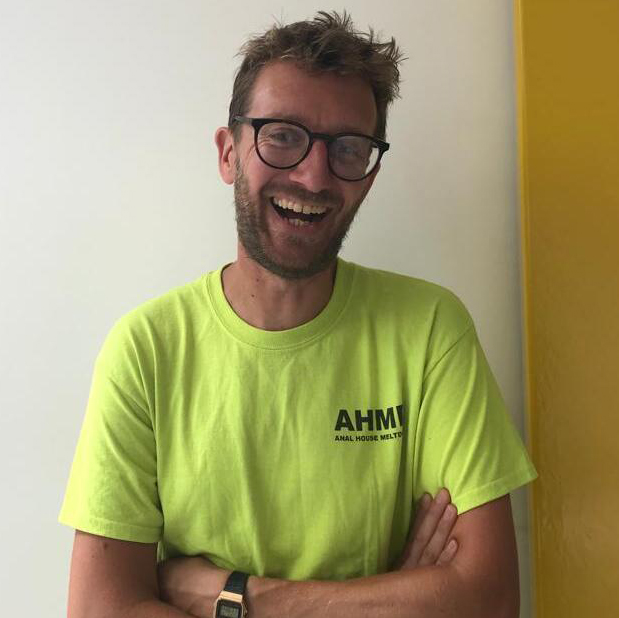"I've turned to the natural world for inspiration": Meet the producer and sound artist making music from mushrooms
Brian D'Souza reveals how he uses biosonification to transform signals from mushrooms and other living organisms into experimental electronic music

From Andre 3000’s flute album New Blue Sun and its affiliation with Mycelium Music to Merlin Sheldrake's best-selling Entangled Life and the increasing prevalence of psilocybin therapy, the humble mushroom is having a series of moments, fuelling creative visions and meeting needs of all kinds, from the musical to the medicinal.
Composer, sound artist and music producer Brian D’Souza is sifting through the soil of this world with his musical mushroom experiments. Born out of a love for field recording, it’s an expanding endeavour that has led him to new creative frontiers in the studio.
“I was finding myself at the mercy of the metronome when I was producing, this synchronisation based on a computerised clock, and truly felt like the machine had won,” Brian explains.
“Every single track I made was in time with the computer and much more precise than a human could ever achieve. I wanted to make music that was less predictable and formulaic, which is why I think I’ve turned to the natural world for inspiration.”
This sense of freedom can be heard when Brian and collaborators take over Earth in Hackney on 19th April for a night of nature-inspired sonics. Alongside Brian, artist/DJ Or:la (Irish techno DJ Orlagh Dooley), harpist Róisín Berkeley and artist Jana Nicole will all perform to mark the inaugural release on his State of Flo label, Mycorrhizal Fungi.
“We’re playing at Earth as I really wanted to utilise their 360º L-Acoustics surround sound system,” he explains. “The mycelium network is known as ‘the Wood wide web’, and suggests that plants and fungi are all connected through their roots, exchange information and help each other out in this slightly utopian society.”
“We want to really embody this notion by utilising modular synths and different electronic signals to create an immersive, surround sound experience.”
Get the MusicRadar Newsletter
Want all the hottest music and gear news, reviews, deals, features and more, direct to your inbox? Sign up here.
Field recordings
As a DJ and producer known for toying with a diverse array of sounds and styles, Brian’s curiosity has driven him to pursue an eclectic list of projects and commissions.
Alongside his own productions and artist material, Swell is his sound therapy and wellness venture while he launched a 24-hour radio station Ambient Flo centred on musical wellbeing to ease the stresses caused by the pandemic. His broadcasts featured a channel of pure field recordings and nature-based sounds that inspired him to think more about how he could incorporate this into his own creative practice.
This new process felt different to me - really exciting and less predictable
“During lockdown, we were all more aware of the sounds of nature as it was much more audible, the masking soundscapes of cars and industrial noises had been lost,” Brian says. “In some ways, Covid opened up this new sonic world.”
Brian found himself recording outside, capturing audio with a device and headphones in various forests and fields. Increasingly, nature’s sounds became an inspiration for his own musical compositions.
“I would go and record these sounds, then I would come up with cues in response to them,” he states. “If I was recording in a field and the sound of a train might be heard, I’d respond to it with another synth sound or dynamic. Creatively, it got me away from the dominance of the clock and computer sequencing.”
“I’ve worked in music for a long time and can easily determine whether I’m going to like a piece of music within about five seconds, what it might do next, its structure,” Brian continues. “Recognisable music forms can be amazing of course, and I’m not dismissing all types of recorded music. But this new process felt different to me - just really exciting and less predictable.”
Biosonification
Biosonification is the art of extracting data from different organisms and transforming this into sounds. To do this, Brian uses PlantWave as a vehicle to connect his gear with the electrical variations of plants and fungi. The PlantWave device works with a mobile app that has a range of presets to play calming music "generated by the plant". For creatives, these can be bypassed by plugging into a synth or other piece of kit.
“Creatively, it allows the organisms to make decisions about what notes you are going to play,” he says. “As a producer, you’re just choosing the sounds that you are using, the overall aesthetic, so it’s an exciting creative process that brings you a closer connection with nature.”
There are different types of equipment and technology available to explore this new kind of collaboration. Producer Natural Symphony opts to build his own piece of kit but PlantWave is off the shelf and easily allows Brian to convert signals from the organisms he chooses to connect with into MIDI data to feed his synthesizers.
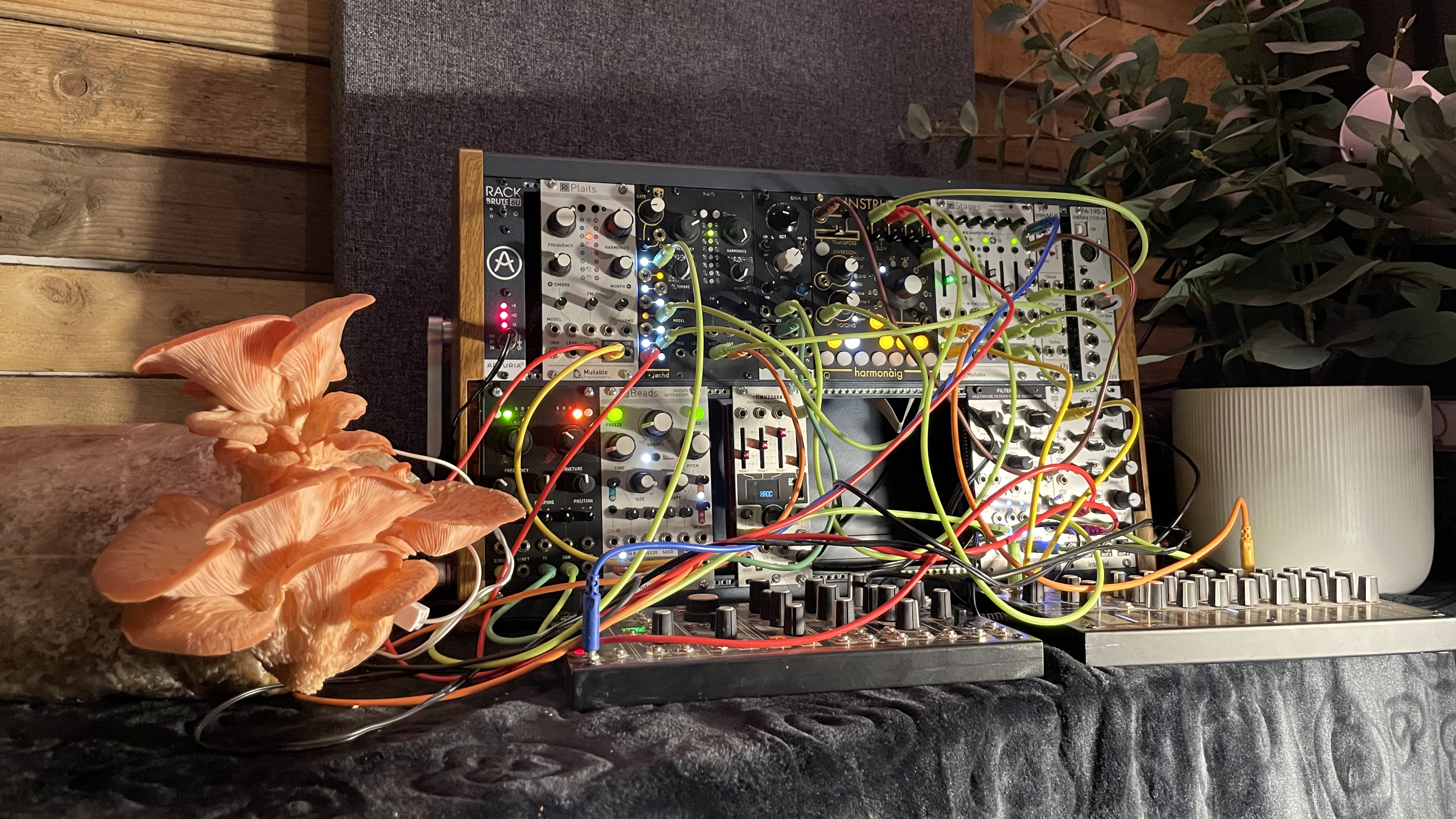
PlantWave operates through the use of electrodes that attach to an organism’s surface. These detect slight variations in the conductivity of a plant - or in this case, a mushroom - and convert these electrical signals to MIDI data. The changes in conductivity translate to MIDI notes, according to scaling and polyphony options specified by the user, while the velocity of the changes is translated to MIDI CC, which can be used to expressively modulate the timbre of the synth or instrument that’s being 'played' by the organism.
For the various live performances Brian has given so far, he’s used what he describes as a “pretty basic set-up”, based more on its portability than technological sophistication.
“I route the MIDI from PlantWave into a synth, a Korg NTS1 with an ARP setting, then split that into different outputs that I run through FX pedals including Eventide H9, Hologram Microcosm and Boss looper and distortion pedals. Now I’m looking to switch this up to a proper modular set-up that will enable me to explore a wider range of harmonics - at least, that’s my intention.”
More mushrooms
The seed of this latest chapter in Brian’s experiments with living organisms can be traced back to a vertical farming installation he worked on for Dandelion, an initiative aimed at encouraging more people in Scotland to grow their own produce.
Here he created a musical piece featuring herbs from his own garden - basil, sage, lavender, mint - to create what he has described as a “symphony of interchanging sounds”. He biosonified fungi for Glastonbury’s Silver Hayes Pavilion, a structure built entirely out of mushrooms and was commissioned to put together a composition for a multi-speaker sound installation in ‘The Balance Garden’. This was a show garden at the Chelsea Flower Show, where he worked with urban garden company Wild City Studios.
“I was given a list of mushrooms and plants they had and biosonified about 10 different species,” he says. “I tried to create a sonic-branded personality for each species and the mushrooms I encountered led me to explore this in greater depth with this new EP release.”
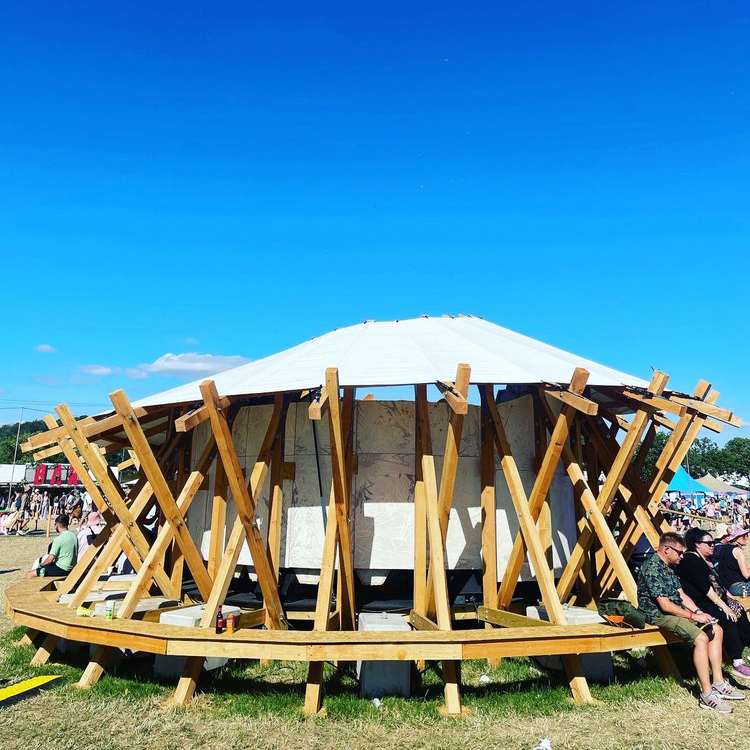
The surge in interest in mushrooms led to a performance at a festival called All Things Fungi in 2023 where Brian did a live rendition of his biosonification recording projects with Lion’s Mane and Reishi mushrooms. While he was familiar with how the Reishi would behave, having spent some time in the studio with some ahead of the performance, the Lion’s Mane was a more challenging and unpredictable musical partner to spar with.
“I’d never worked with the Lion’s Mane before until we got to the festival and I decided to start with that,” Brian says. “But at first it didn’t give any output, I was moving the electrodes around and it would make some sounds, then stop.”
“It was almost like it was playing with me and I realised that the two different mushrooms were giving out two different kinds of output. The Reishi mushroom is quite skeletal, has this hard casing and can be difficult to pick up signals from sometimes. I knew how to work it but the Lion’s Mane threw me. It was fascinating to discover the differences but also meant I had to think on my feet to make it sound palatable.”
Advice
So how can producers work with living organisms? As exciting as it is, Brian is keen to point out that many experimental musicians, composers and music producers have been utilising this source of inspiration for some time. In fact, artists such as Michael Allen Z Prime have been working in this way since the eighties. But now, rather than a niche pastime, there’s potential for it to become a mainstream concern.
“All genres and styles go in and out of fashion,” he laughs. “But there may be more scope for producers to dig into this - PlantWave has done a great job of selling their devices, meaning it could lead to a whole new scene of creatives.”
As a songwriting tool and creative prompt, Brian also believes there’s plenty of scope for all music-makers to benefit and tap into new fountains of inspiration.
“I’m not classically trained or a virtuoso performer. I spend all this time in the studio trying to come up with melodies,” he says. “Using this mushroom process, you’ll be able to access their random array of MIDI notes. You have to get creative with what these organisms give you but it could definitely help inspire you if you are feeling blocked.”
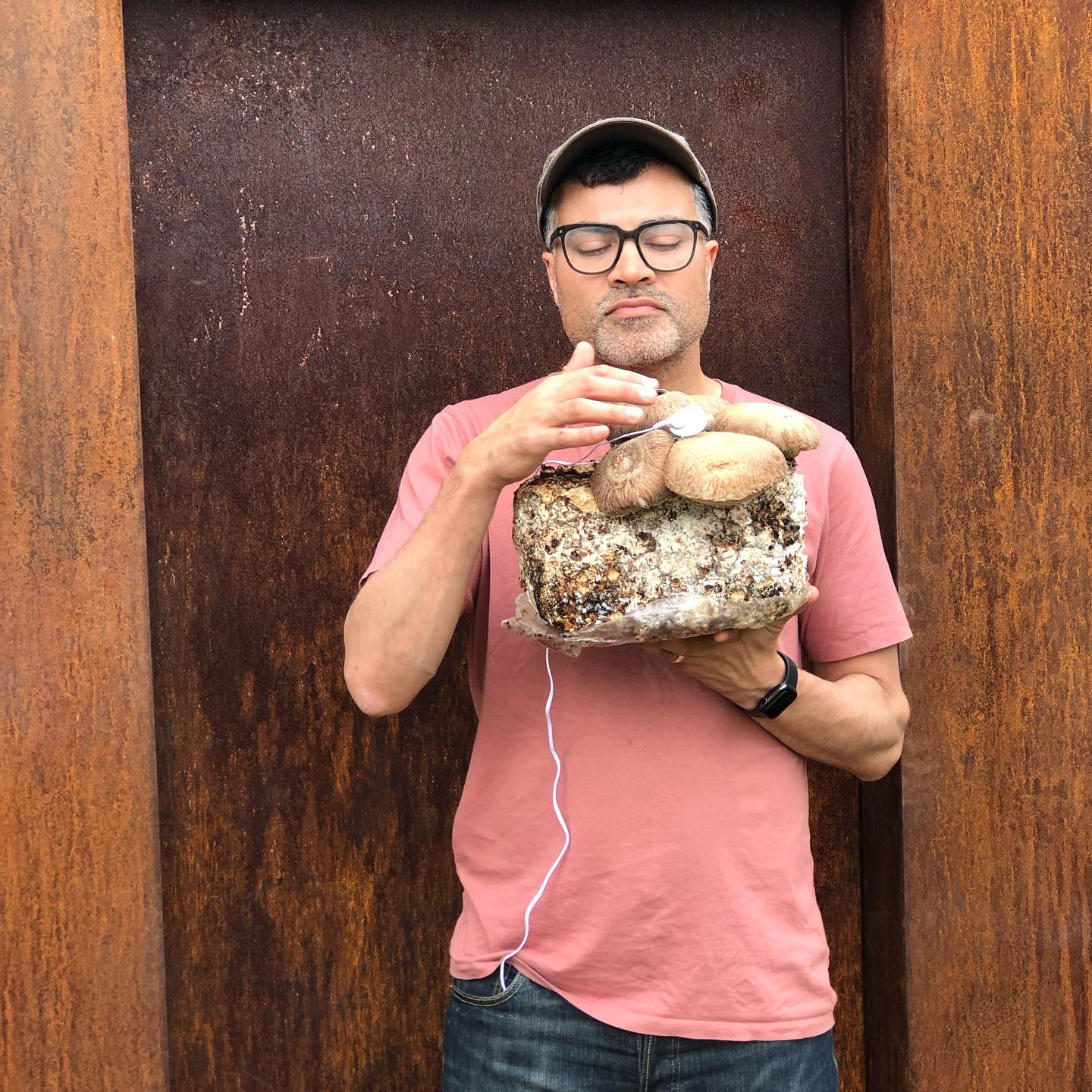
Alongside his event and State of Flo release, there are many potential areas of exploration that intrigue the ever-curious producer; previous projects have utilized biosonification to capture the ingredients of a cocktail and combine them into the soundscape for Jagermeister. As inspiration, Brian cites the influence of author Monica Gagliano and her Thus Spoke the Plant book, which suggests these organisms are far more intelligent than they are given credit for.
“Her point is that this process is quite basic,” says Brian. “All living things give off this energy, and just purely measuring them on electrical signals is doing them a disservice. There is some potential for them to behave differently if we can tap into them in a more sophisticated way.”
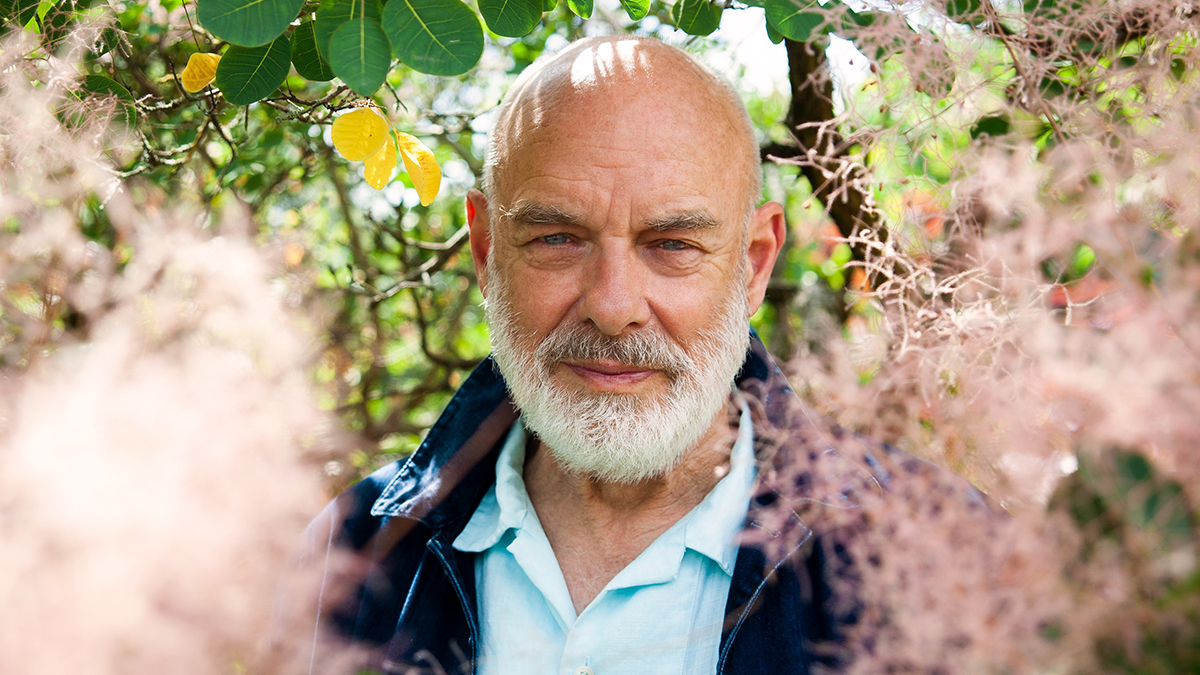
Looking further than music for music’s sake, Brian points out other ways that sound can make genuine change on the world around us. “In some countries, soundscapes are being used to engage with the environment that can inform environmental policies,” Brian says. “It’s big in Australia, using acoustic measuring to inform and analyse animal life, to see if legislation surrounding regeneration actually supports and benefits the natural world.”
He cites the work of Chris Watson, sound expert and one-time member of Cabaret Voltaire, as pushing the envelope for the influences of sonics. Chris’ projects have interrogated the impact of climate change through acoustic measuring.
“It’s great and amazing to see this new extension of our relationship with nature that goes beyond mere composition releases. Music has the potential to just be the start of a process that can create genuine change in the wider world.”
Mycorrhizal Fungi will be released in early April 2024 on State of Flo.


Jim Ottewill is an author and freelance music journalist with more than a decade of experience writing for the likes of Mixmag, FACT, Resident Advisor, Hyponik, Music Tech and MusicRadar. Alongside journalism, Jim's dalliances in dance music include partying everywhere from cutlery factories in South Yorkshire to warehouses in Portland Oregon. As a distinctly small-time DJ, he's played records to people in a variety of places stretching from Sheffield to Berlin, broadcast on Soho Radio and promoted early gigs from the likes of the Arctic Monkeys and more.
